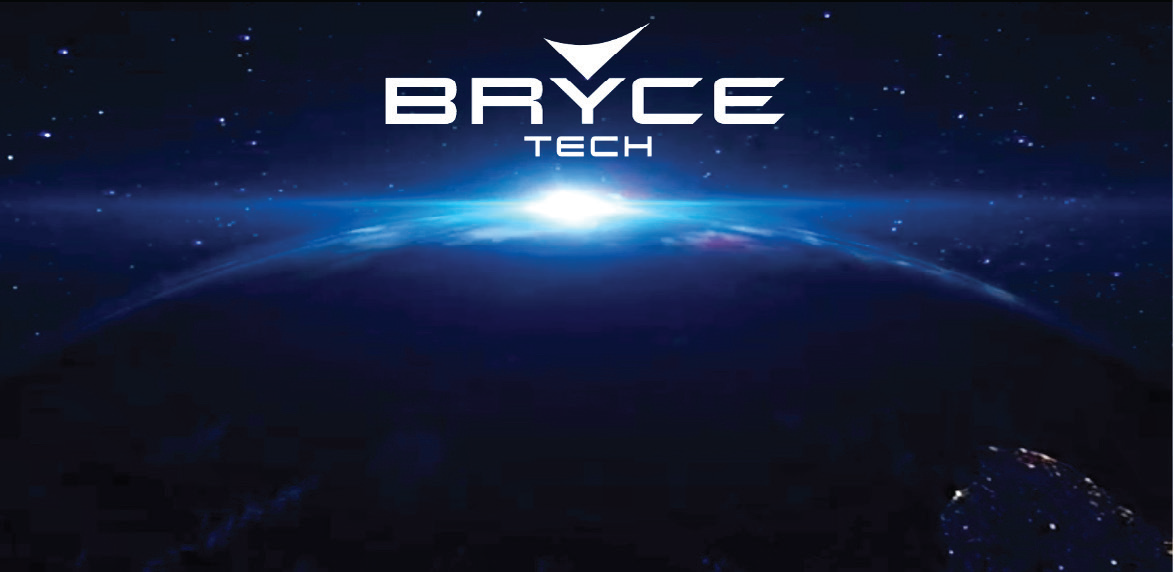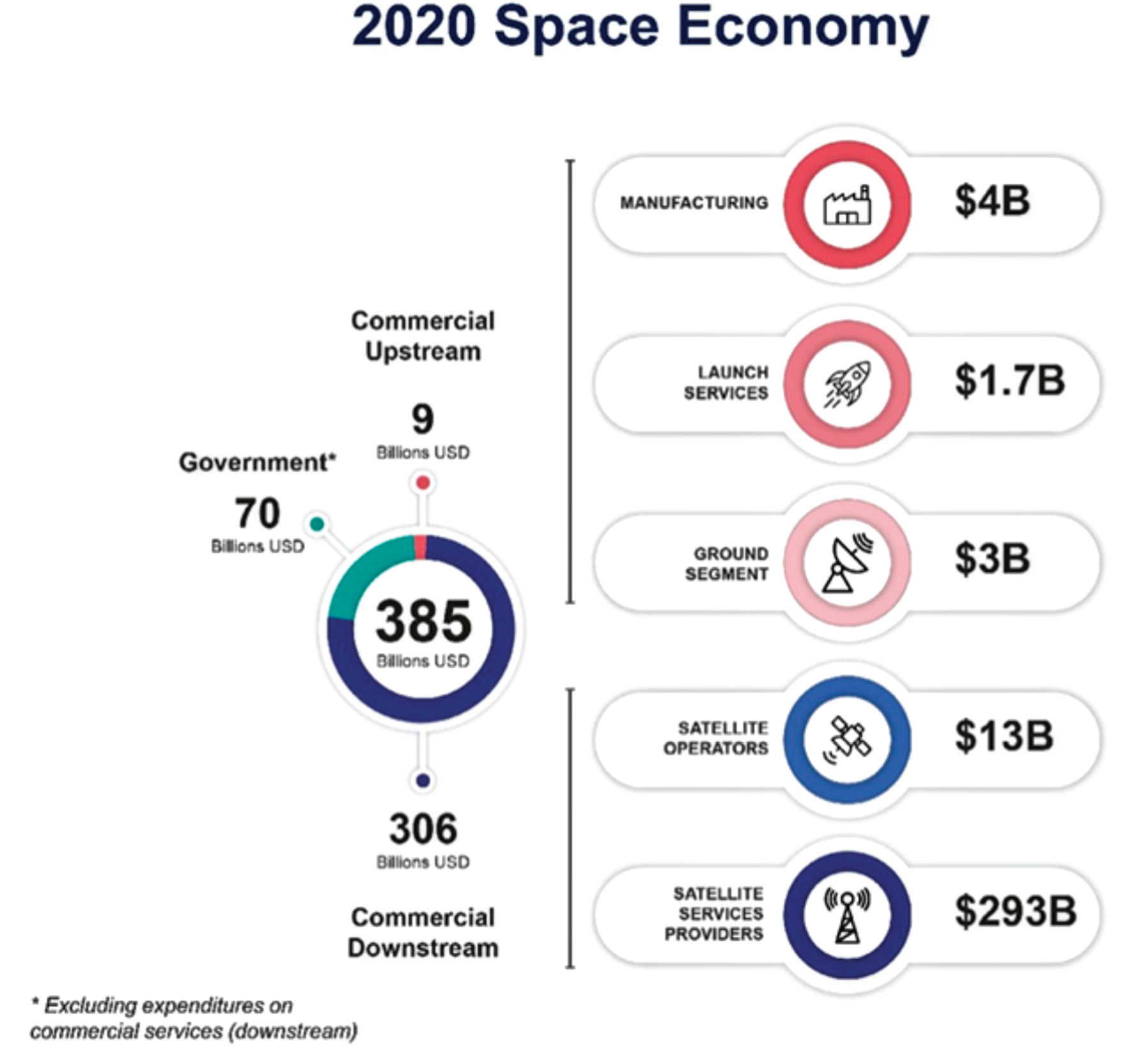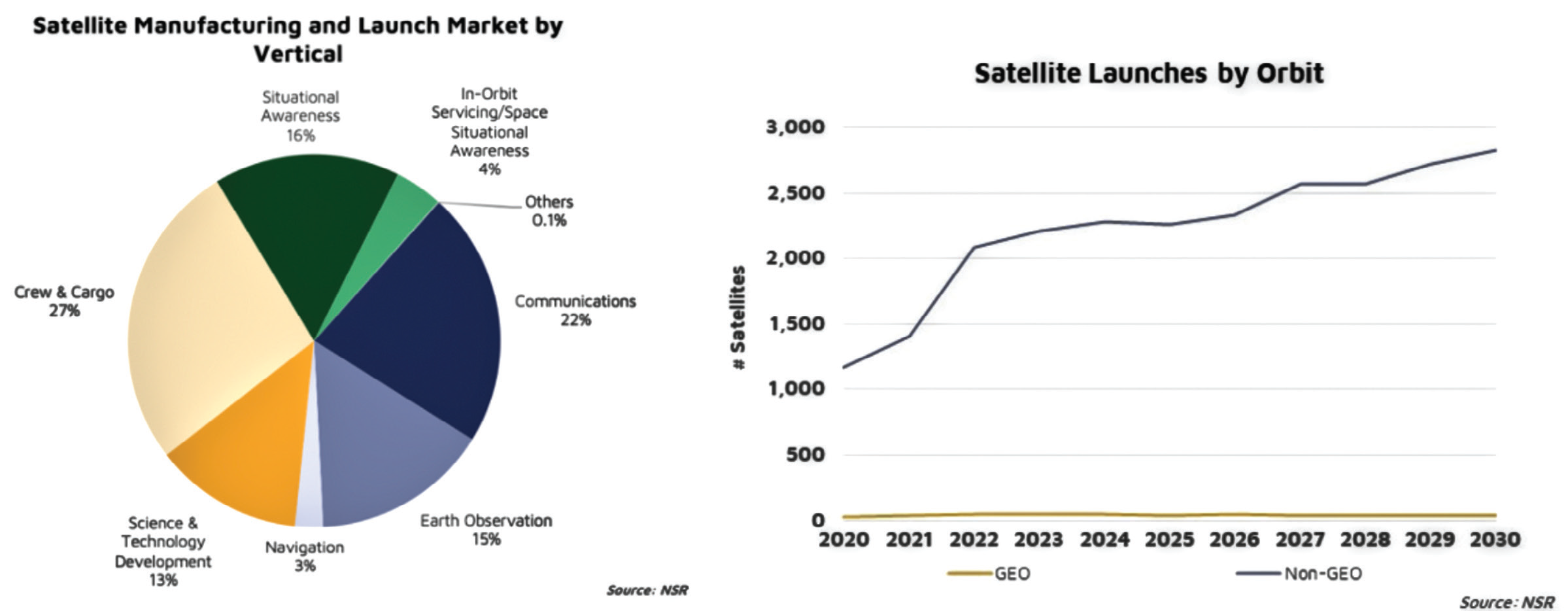Analytics and technical specialists BryceTech, based in Virginia, published a fascinating graphic overview of the global launch industry a few weeks ago. A quick glance seemed to indicate that almost every nation on the planet wants to tap into the growing commercially valuable launch activity — and giving considerable kudos to the country involved.

We all know the major international launch players: the likes of SpaceX and other users of Cape Canaveral/Kennedy and Vandenberg, or Europe’s orbital launch site at Kourou in French Guiana, as well as Russia’s famous Baikonur cosmodrome (in Kazakhstan) and newcomer Vostochny.
While few see Baikonur or Vostochny becoming important for ‘space tourism, there are tens of thousands of satellites lining up to be launched over the next decade. Indeed, Northern Sky Research (NSR) suggests that by 2030 there could be almost 3,000 satellites a year launched into orbit. This forecast doesn’t include the prospects a Rwandan-type proposal of some 300,000 orbiting satellites (despite being supported by serial promoter Greg Wyler). NSR simply says that their research suggests 24,700 satellites to be ordered and launched by 2030.
While most of these planned launches will be smaller (sub-250 kgs.) craft there is expected to be an industry boom in polar orbiting Internet of Things (IoT) demand and Earth Observation (EO) missions.
As NSR stated, “With declining capacity prices, evolving manufacturing capabilities, accelerating development of technology, and innovative launch and service options, all in an environment of competitive dynamics, business case viability remains a challenge for all industry stakeholders. Innovative trends are emerging, manufacturers are achieving greater efficiencies and mission/payload flexibility, operators are choosing smaller satellites, and launch service providers are competing strongly on cost and schedule – with all are looking to capture incoming demand from new, non-traditional business models.”
The Bryce data is impressive — and something of a shock — in that it details the global dash for this new business. Although, to be fair, there are dozens and dozens of actual or would-be launch sites with the emphasis very much on the aspirational ‘would-be’ plans.
For example, Scotland alone has plans for six such sites (SaxaFord, Sutherland, Western Isles, Cambeltown, Prestwick and Kinloss). Soon, rocket fans can combine a tour of Scotland spending one day at any number of whisky distilleries and the next at a launch site. That could be a memorable holiday and a half!
However, there’s more for the UK with plans for Spaceport Cornwall and another in Wales near Snowdonia.
Even in the U.S. where one might be forgiven for thinking that there was plenty of existing launch capacity, there are schemes afoot for the well- established Wallops Island Flight Facility to further develop its new site at its nearby Mid-Atlantic Regional Spaceport where three pads are already active.
Down the road (so to speak) is Georgia’s Spaceport Camden. The Great Lakes could also see activity from Michigan’s Spaceport (at Sterling Heights) and talk of up to 40,000 jobs — provided local opposition can be resolved.
Cecil Spaceport located in “strategic northeast Florida” as their publicity blurb states, is another contender looking for space tourism and nano- satellite launches (and eying Sir Richard Branson-type activity).
Alaska wants a slice of the action with two rival systems in the shape of the Pacific Spaceport (the former Kodiak Launch Complex) and the more modest Poke Flat Research Range. Pacific Spaceport has India backers and co-finance (via Agnikul Cosmos) in place to develop their two launch pads.
Colorado, somewhat distant from the sea, is also busy with its Air & Space Port at its popular (for light aircraft activity) Front Range Airport and just a half- dozen miles from Denver Airport and looking for space tourism business.
California and many other western States have well- established ‘spaceports’ in the form of Mojave Air & Space Port, Spaceport America (where there are a dozen or more space ventures including Sir Richard Branson’s business), California Spaceport and projects in Oklahoma and now Jeff Bezos and his West Texas site for Blue Origin activity.
Texas has other growing activity at McGregor (SpaceX) as well as Musk’s Brownsville (Boca Chica) site for his Starship/ Starbase work. Midland, Texas, is also establishing a sub-orbital launch site.
Some Nevadans talk of expanding the State’s existing giant training Missile & Test Range in and around Nellis AFB, while the giant and well- established New Mexico White Sands Missile Range is also looking for new work.
Canada is also busy looking for launch contracts for its Spaceport Nova Scotia and plans to start launches during 2023.
Other northern latitude activity include launch sites in Iceland and Norway’s already established Andøya Spaceport and Rocket Range (more than 1,200 sounding and sub-orbital rockets have already been launched from the site).
Sweden Spaceport in the far north of the country (in Lapland) near the town of Kiruna wants to develop its site for personal, suborbital space tourism and already has a modified Airbus A300 that is equipped for Zero-G weightlessness training.
Russia’s Plesetsk Cosmodrome (used traditionally for polar orbit launches) must not be forgotten. This is an old ICBM site that dates from 1957 and is based in the Archangel region, with more than a dozen launch pads in existence and assisted in ongoing development by extra investment cash committed to modernization and reconstruction.

There’s also Dombarovsky Military Air Base (another old ICBM site) and now — infrequently — used to launch Dnepr rockets. It had been recently planned to launch some Iridium craft from Dombarovsky.
Another Russian-backed site is at Kapustin Yar about 100 kms. east of Volgograd and is another old ICBM site, but with plenty of pads available for more conventional use. Kapustin Yar is often referred to as Russia’s ‘Roswell’ thanks to reports of alien encounters!
There is also growing launch investment from China, India, the Middle East region (Egypt, Abu Dhabi as well as Israel’s Palmachim Airbase) and a pair of sites in Iran. Best known to date for its rocket and satellite development work at the Imam Khomeini Space Launch Centre, the Iranians are busy launching satellites, including three launched in December 2021.
The Imam Khomeini site isn’t likely to be a hot spot for space tourism — however, nearby Abu Dhabi certainly is — Sir Richard Branson stated he is hoping to open a spaceport in Abu Dhabi in the next two years as he deepens his business ties with the capital. Branson is never looking backwards when it comes to self- publicity for his Launcher One, Virgin Galactic, SpacehipTwo businesses he has a very flexible approach as to where he sites his rocket bases.
Interestingly, Australia’s Woomera launch site, one of the oldest in the world, is also looking to reclaim its activity but so are developments in South Australia’s Koonibba (which launched a couple of commercial rockets last year) and North Queensland’s Bowen Space Hub which says it will be launching small rockets this year.
Gilmour Space Technology is busy at Bowen. There are other Australian plans in Western Australia and also at Arnhem Space Centre.
Our comments are far from comprehensive. BryceTech has done all the heavy work but this ‘space grab’ is a part of the hugely valuable space launch and tourism potential over the next few years.
Not all will succeed, of course. However, cash is being invested and new jobs created... and that’s good for the industry.

Author Chris Forrester is a well-known broadcasting journalist, industry consultant and Senior Columnist for SatNews Publishers. He reports on all aspects of broadcasting with special emphasis on content, the business of television and emerging applications. He founded Rapid TV News and has edited Interspace and its successor Inside Satellite TV since 1996. He also files for Advanced-Television.com. In November of 1998, Chris was appointed an Associate (professor) of the prestigious Adham Center for Television Journalism, part of the American University in Cairo (AUC), in recognition of his extensive coverage of the Arab media market.




